As a fat kid in the 80’s who loved cooking and eating more than pretty much anything, I started watching cooking shows at a young age. On days when I stayed home from school, my favourite thing was to settle in and watch the holy trinity of cooking shows on the CBC – Pasquale’s Kitchen Express, where Toronto chef Pasquale Carpino would sing as he cooked; Wok with Yan, featuring the Cantonese cuisine and clever aprons of Vancouver restauranteur, Stephen Yan; and The Urban Peasant, starring the late James Barber… a kindly but distinctly odd older Englishman.
Originally, I liked the shows in the order mentioned above, but over the years it became the opposite, and after a little while I started to develop a bit of a strange fascination with James Barber. Partly out of nostalgia, but more in the way of being mesmerized by a tornado on its path of destruction and not being able to look away. Specifically, a tornado on the path of destruction proclaiming how easy it is to cook, all the while touching raw chicken then touching everything else without washing its hands. I didn’t really notice while watching when I was a kid, but after getting older, and especially after starting to cook for a living, the Urban Peasant started to become ridiculous. He definitely wasn’t a chef, he barely seemed to know how to cook. His cutting board was always a mess, and his main technique was to add ingredients into barely warm frying pans, then shake it around a bit while lovingly scraping the non-stick coating off with a fork.
The show was seemingly all done in one take, despite any mishaps or mistakes he made. I once witnessed an episode where he got a call from his producers because there was smoke coming out of his toaster oven. His bread was burning and he hadn’t noticed. He would sometimes answer the phone in the middle of the show to talk to his, perhaps fictitious, upstairs neighbour then get back on to cooking, the conversation having nothing to do with the theme of the episode or the recipes. He was sloppy to the point of being dangerous to himself, and his food almost always looked terrible when plated. I used to wonder if he had incriminating pictures of someone high up at the national broadcaster; how else could this exist as a CBC cooking show? Despite my bewilderment, people seemed to love him and would remark how much they liked the show and that he had taught them how to cook.
If you’re younger than about 35, you may not be familiar with who I’m talking about. And unfortunately, being a deceased, pre-internet Canadian food celebrity, there isn’t a ton of information out there about our friend James. From what I can glean online, Mr. Barber was born in Dover, England, served in the Royal Air Force, and worked as an engineer before emigrating to British Columbia. He turned to freelance writing after a skiing accident and some point after that became the food critic for The Province newspaper. He was also an art and theatre critic for the Vancouver Sun, the spokesman for a mushroom company, the “cover boy” for the Canadian Dairy Board’s Milk Calendar, the author of more than 15 cookbooks, and apparently even acted on an episode of the Beachcombers.
His cooking show, The Urban Peasant, debuted in the late 1980s and ran for 10 years. This is a good run for any show, but what makes it all the more impressive is that this was the era of TV when a lot of cooking shows, this one included, were on five days a week. There were 80 new episodes aired per season, meaning there were 800 episodes produced in total. Despite this, there is precious little evidence of the depth of his televisional feast of work to be found online. From his official website, you can find a measly eight full length episodes. A Youtube search sadly only brings back about a dozen short clips, look them up. The Chicken Salad with Pears and the Salmon Latkes are my personal favourites. There was, at one point, a 10 episode DVD floating around, but I can’t find it anywhere now.
Anyway, remember the movie, Julie and Julia? The one with Amy Adams based on a book which was based on a blog which was written by a woman called Julie Powell who over the course of a year cooked all the recipes out of Julia Child’s ‘Mastering the Art of French Cooking’? That one. As a fan of Julia Child I enjoyed it. I can’t for the life of me remember why Julie became inspired by Julia Child and adopted her quest, but it planted a seed in my head to do something similar.
So here I am, with a copy of the “Urban Peasant Quick and Simple” cookbook, and have decided to periodically pick a few recipes, make them to Mr. Barber’s instructions, and see how they turn out. This is by no means to sully the man’s good name, make fun, or put him down. This is just an objective and light-hearted look at the recipes of a Canadian food icon. Here we go…
Leftover Broccoli Sauce
The combination of ingredients here is a little weird, but I chose it mostly because it reminded me of something my father would have thrown together if he needed to cook for himself. It calls for:
Cooked broccoli
Olive oil
Vinegar
Lemon juice
Dried basil
Ground cumin
Tomato paste
Yoghurt
Salt
Pepper
Everything goes into a blender or food processor and whizzed into a brown glory. It doesn’t look very good. The results are a very odd condiment, but surprisingly not the worst thing you’ve ever tasted. It’s suggested you serve it cold with chicken (not bad), warm over pasta (kind of gross), or blended with a bit more yoghurt, then poured onto a plate with halved hard boiled eggs arranged around (also not bad). The last preparation reminiscent of something that have been at a 70’s era potluck dinner or cookbook.
Peanut Butter Soup
Seeing this recipe made me think of the part in American Psycho when Patrick Bateman is telling his date that she’ll be having what the New York Times called ,“…a playful but mysterious little dish…”. James’ version is a bit more mysterious than playful, mainly because how he made the choice of ingredients and thought the results good enough for a cookbook is a mystery to me. The recipe includes:
Chopped onion
Grated carrots
Peanut butter
Ginger ale
Chopped garlic
Curry powder
Cherry tomatoes
The method given is to sweat the veg, add everything else, cover and simmer for 20 minutes, then squeeze over a little lemon and serve. The “soup” comes out more the texture of porridge, and while there may be a vague Thai motive for the dish, with the peanut, garlic, and ginger, it’s honestly pretty bad. The ginger ale makes the whole thing way too sweet, and even after adding salt, which the recipe doesn’t call for, it’s still not something I ever want to eat again. The cherry tomatoes left whole and simmered in their skins don’t help anything, either.
Quick Pizza Dough #2
So there are two recipes for “Quick Pizza Dough” in this book. The first one, though, isn’t so much a recipe. The “recipe” is to thaw some premade frozen bread dough, roll it out and bake it like a pizza. Not so much a recipe as a suggestion, I’d say, but I’m sure it works well enough. The second one is an actual recipe and doesn’t look like any pizza dough I’ve ever seen. There is no yeast, for one, and there are chopped onions and cheese in the dough. The original stuffed crust? Let’s see:
Flour
Salt
Baking powder
Grated cheddar
Dried oregano
Chopped onion
Water
The instructions are to mix everything together to make a stiff-ish dough, then roll it out and place in a hot, oiled frying pan in an oven to bake. The next bit in the book I think was backwards; it says to bake for a few minutes, top with whatever you like, then flip the pizza and continue cooking to brown. I would assume you are actually supposed to flip the dough, then top, then bake again. Just to be safe I did both. Pretty sure I was right.
The results? Well excuse my French, but f*** me this is really good. It’s not pizza dough by any stretch of the imagination, but you can make a pizza with it in the same way you’d make a pizza out of pita bread or a bagel and the results are actually pretty delicious. It’s more of a biscuit dough without fat, though a little olive oil would be pretty good added to the mix, and though it doesn’t have the chew of a classic pizza dough, the fact that I went from ingredients to good tasting pizza in less than 10 minutes makes this one a winner. Stopped clocks being right twice a day and all that, I guess.
As funny as my chef friends and I find him, he inspired a lot of Canadians to learn to cook for themselves at home and I won’t deny the credit he deserves for that. Still, if the Urban Peasant was to come out on TV today, it would surely be on The Comedy Network.
 Scarborough native Jesse Vallins is the executive chef at Maple Leaf Tavern and Port Restaurant, and a co-founder and partner at Merit Brewing Co in Hamilton. He’s spent the last two decades cooking in some of the Toronto’s best restaurants. His passion for the industry has led to in-depth study in all aspects of the restaurant world, as well as stages in top restaurants both in Toronto and internationally. When he’s not working in his restaurants, Jesse teaches and develops curriculum at Toronto’s George Brown College, and contributes content to online publications like Serious Eats, and, of course, Good Food Revolution
Scarborough native Jesse Vallins is the executive chef at Maple Leaf Tavern and Port Restaurant, and a co-founder and partner at Merit Brewing Co in Hamilton. He’s spent the last two decades cooking in some of the Toronto’s best restaurants. His passion for the industry has led to in-depth study in all aspects of the restaurant world, as well as stages in top restaurants both in Toronto and internationally. When he’s not working in his restaurants, Jesse teaches and develops curriculum at Toronto’s George Brown College, and contributes content to online publications like Serious Eats, and, of course, Good Food Revolution

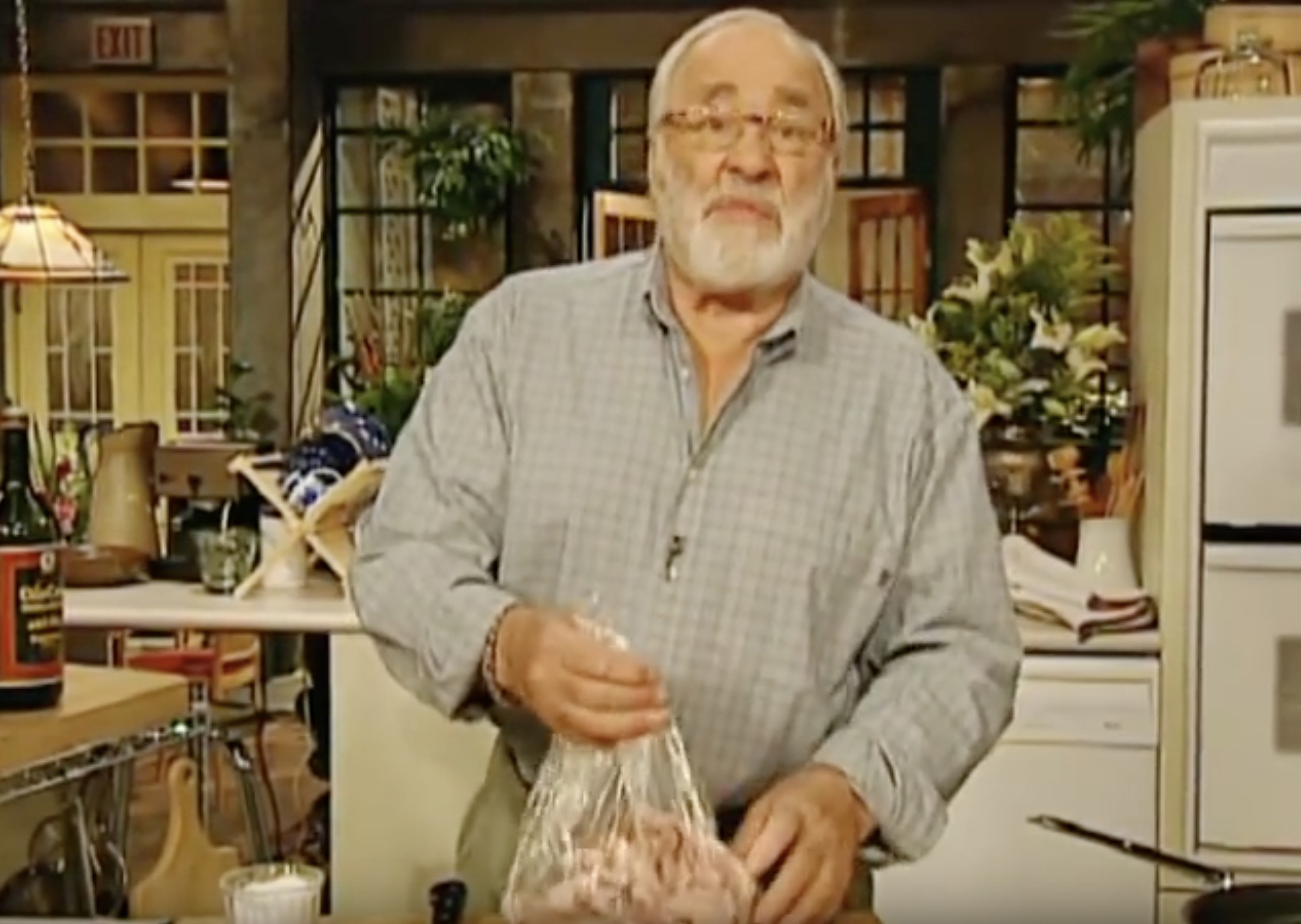

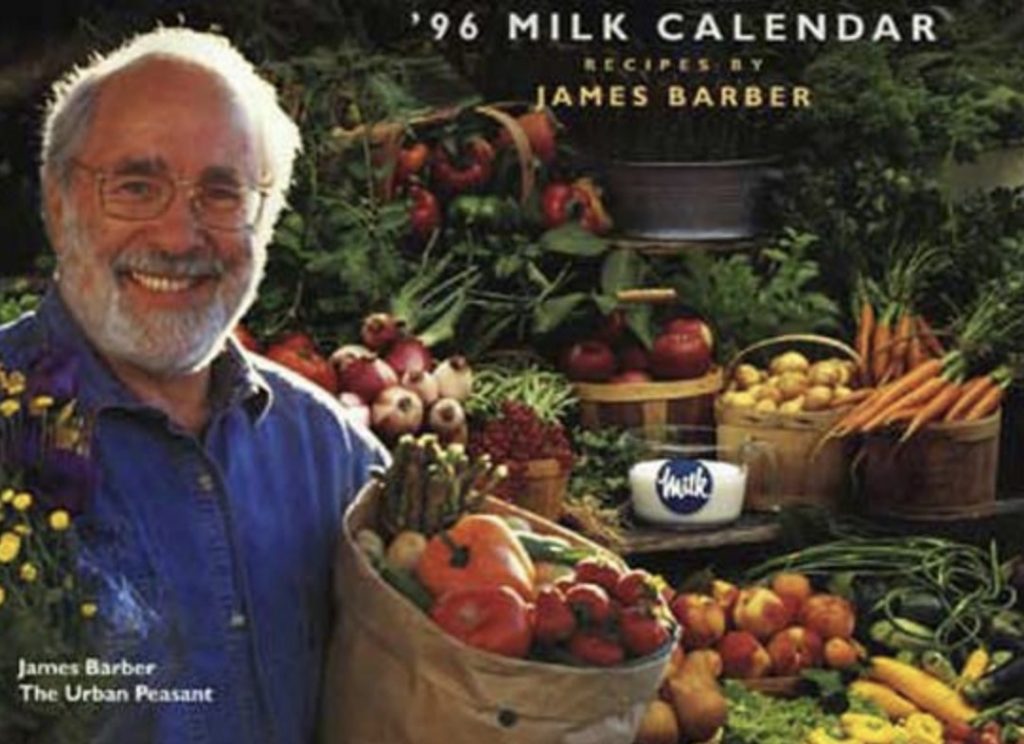
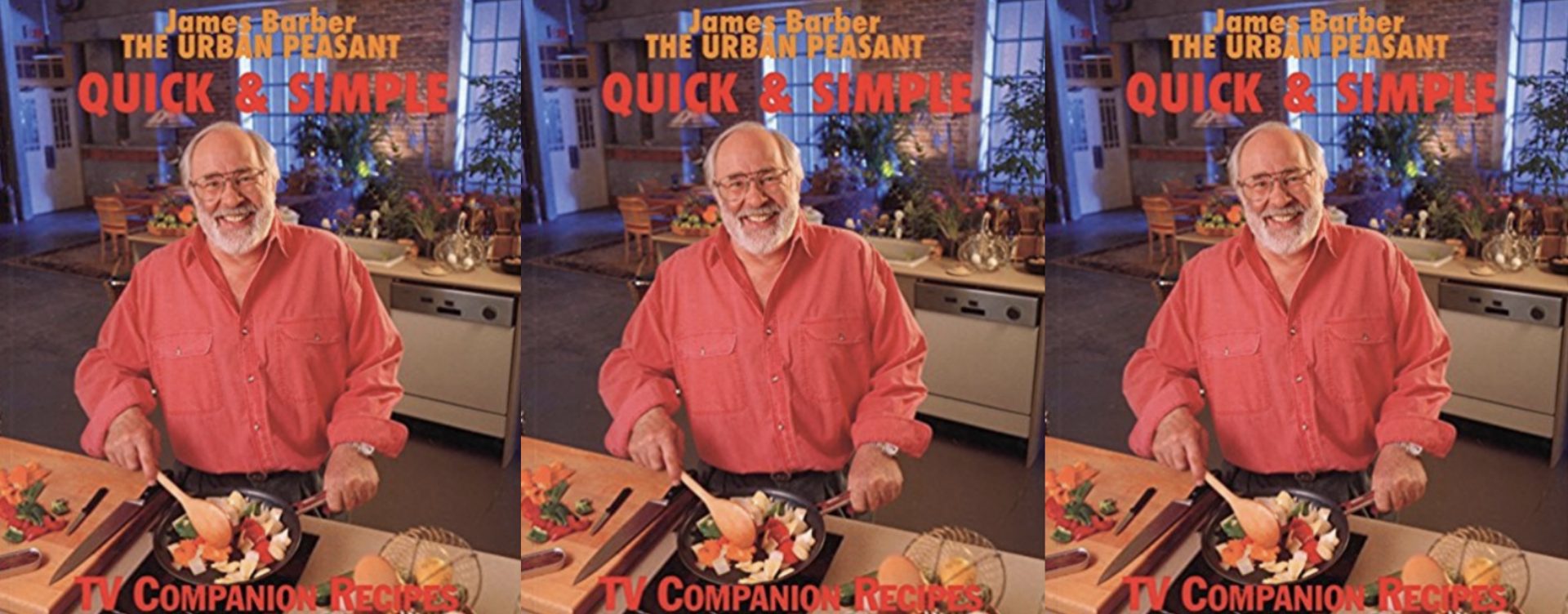
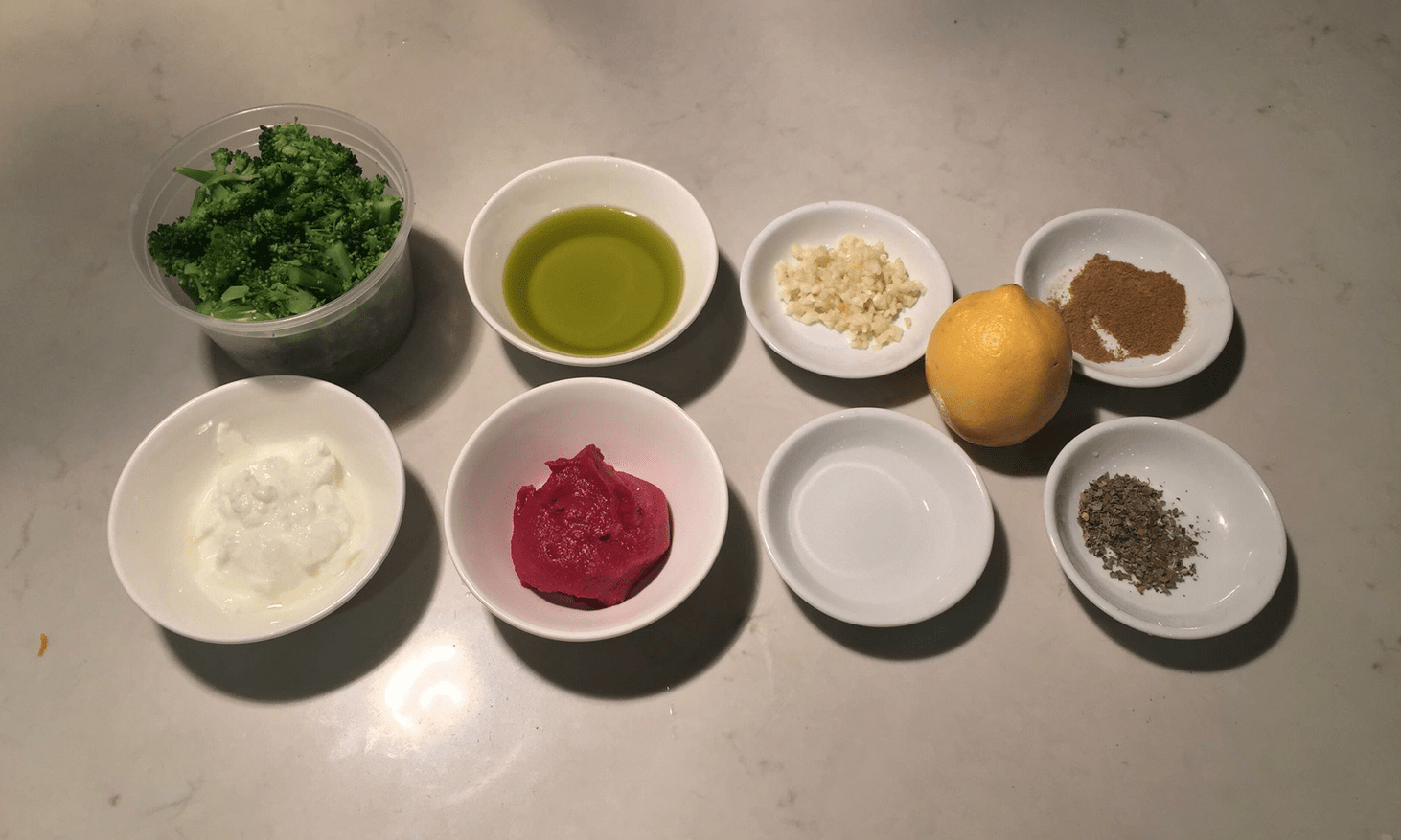
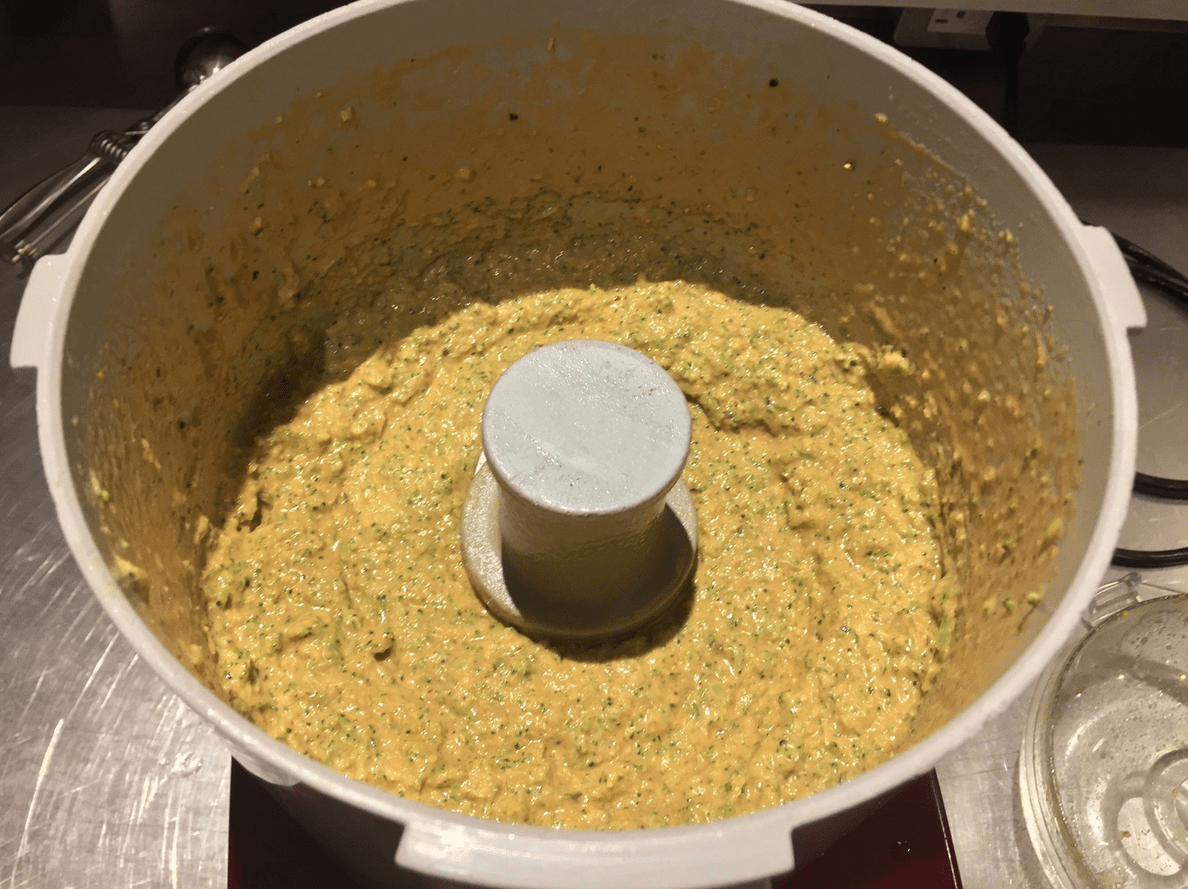



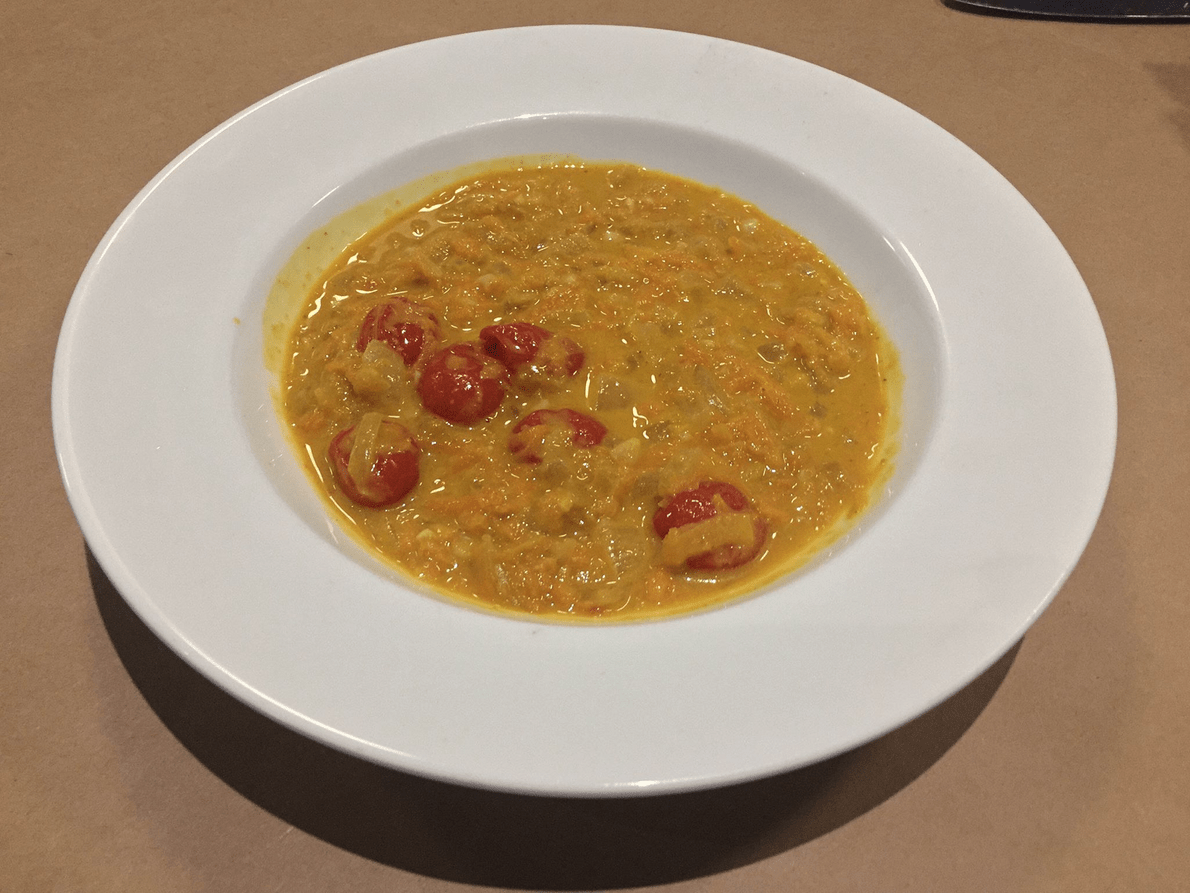
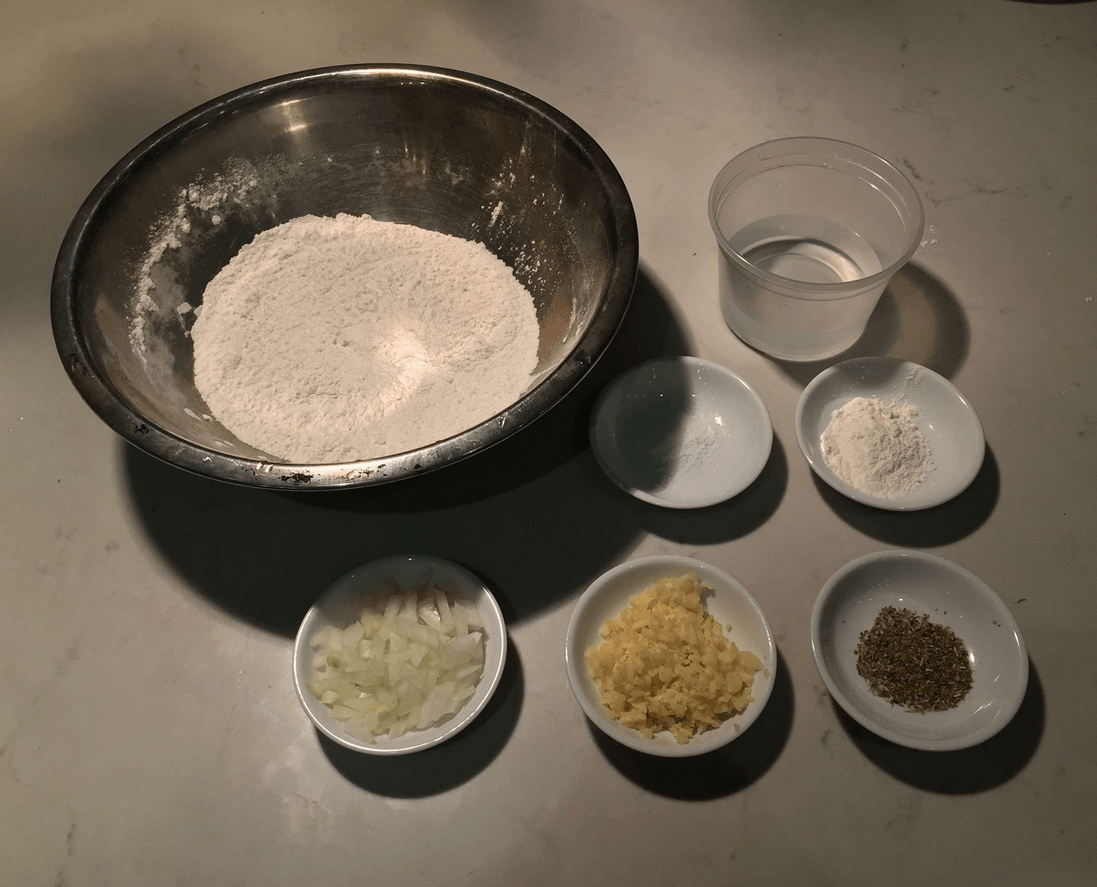
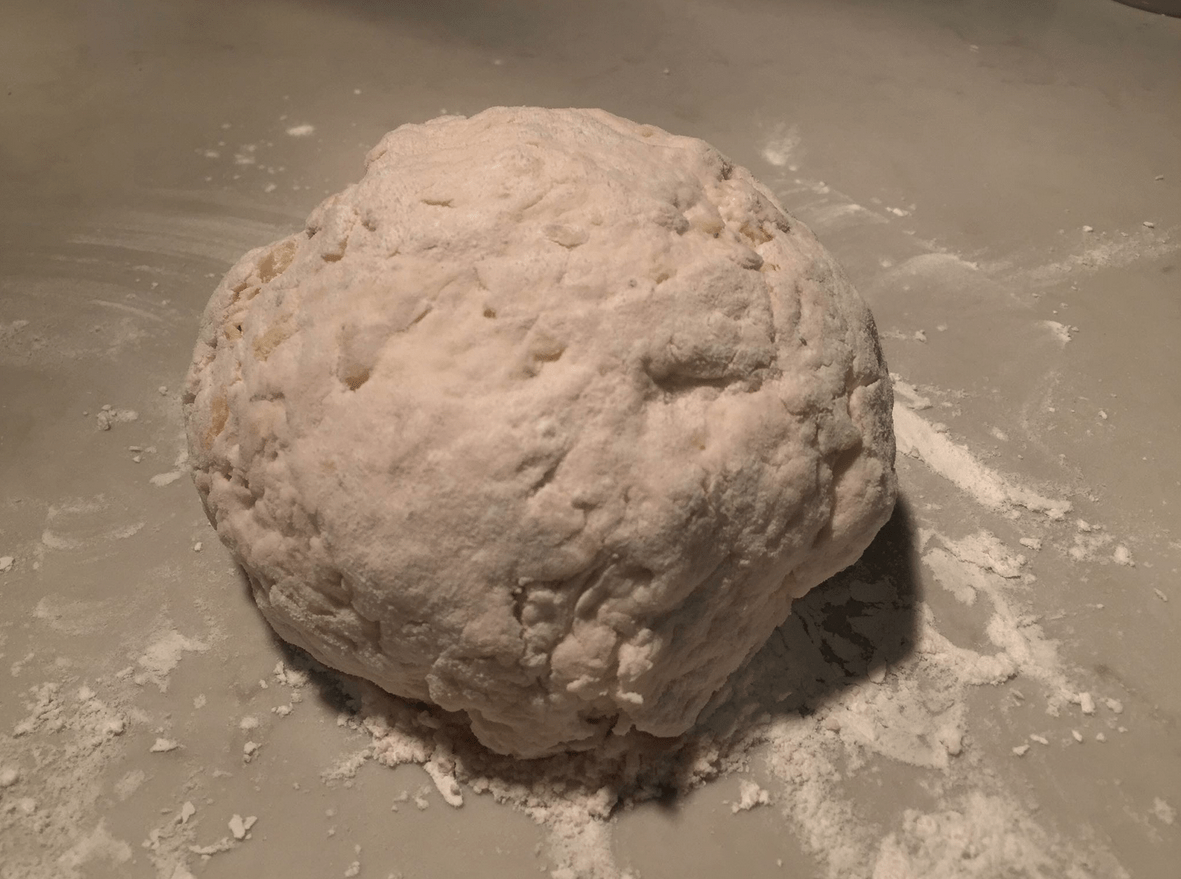
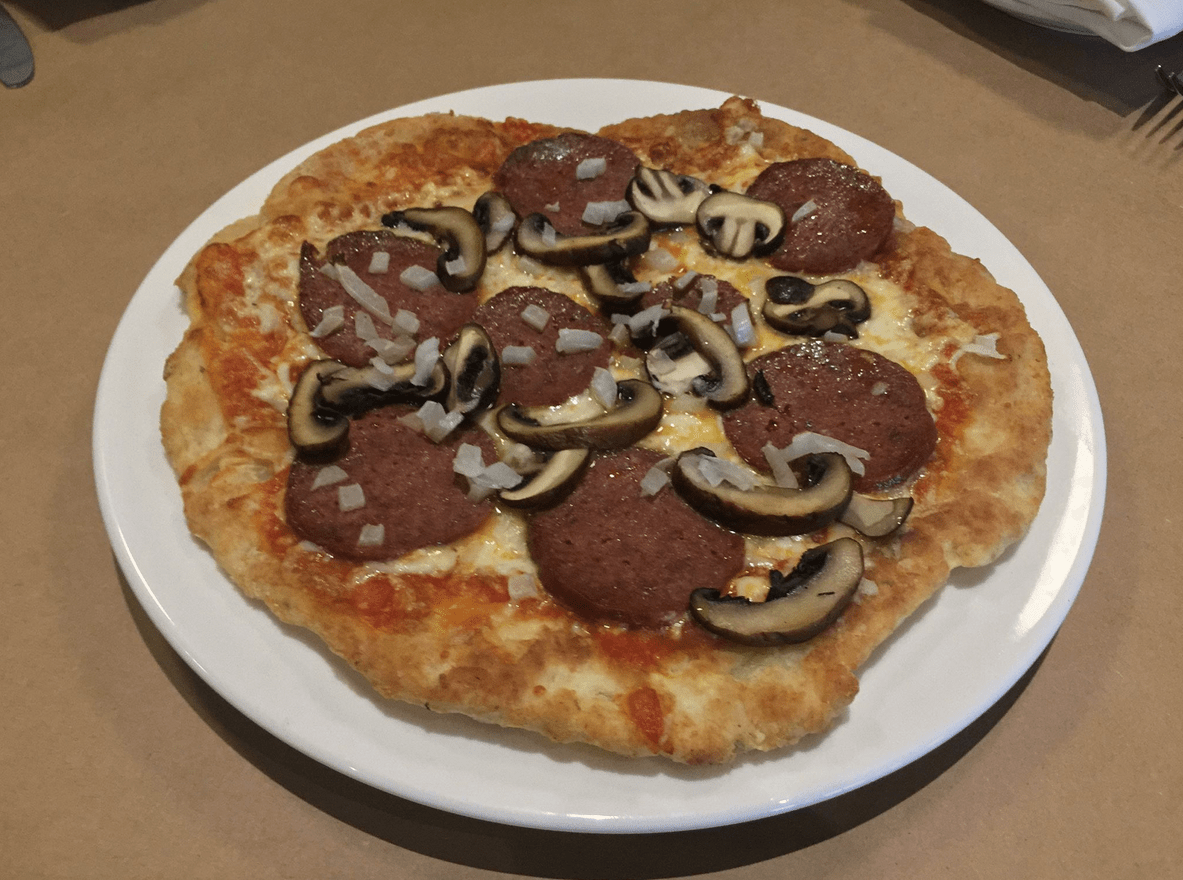
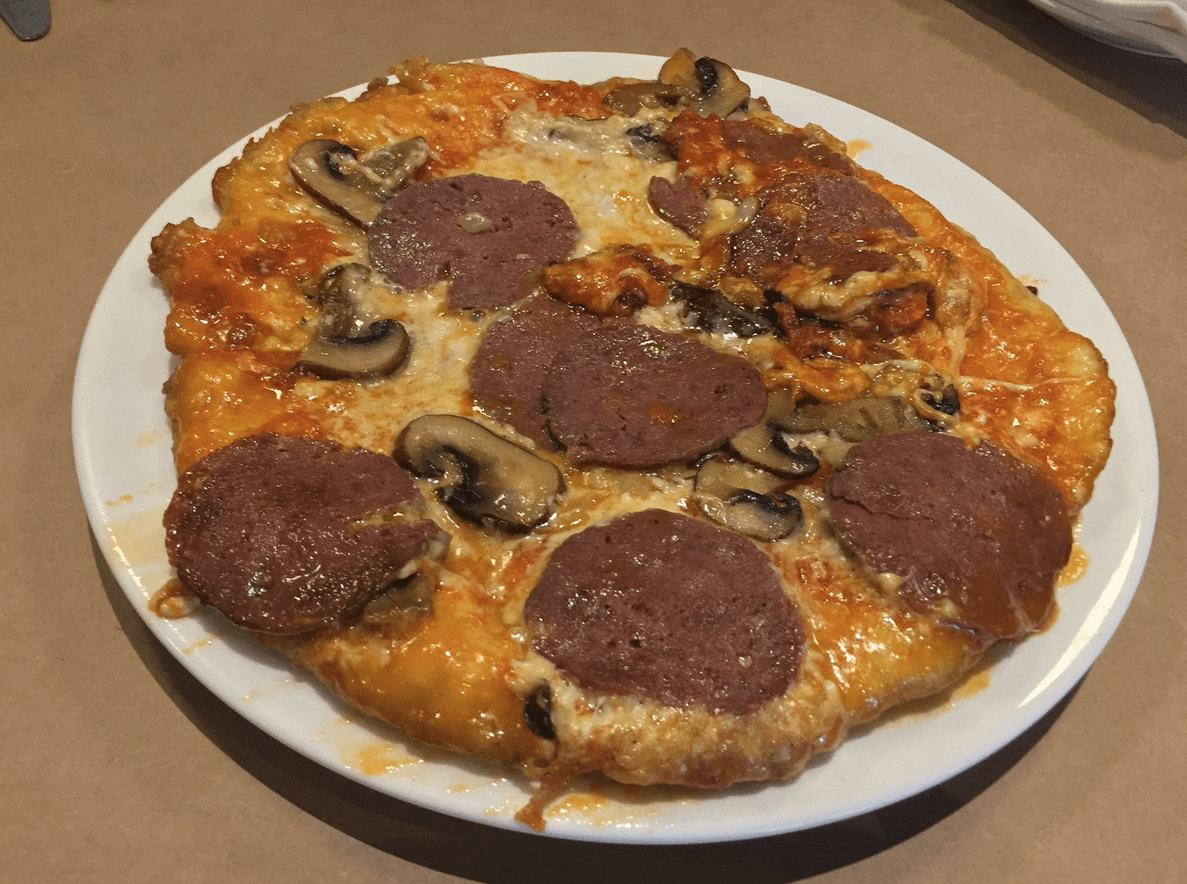

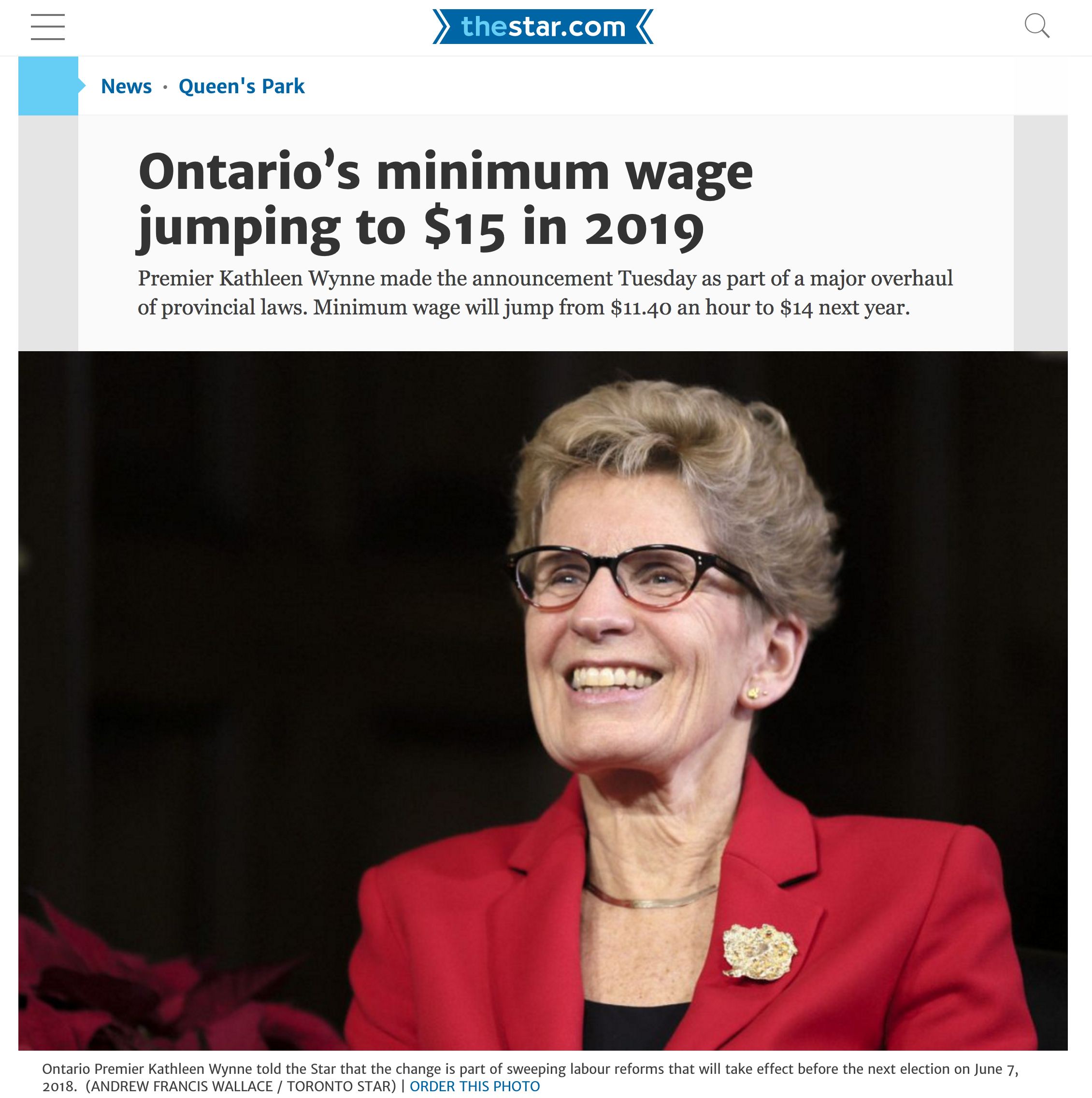
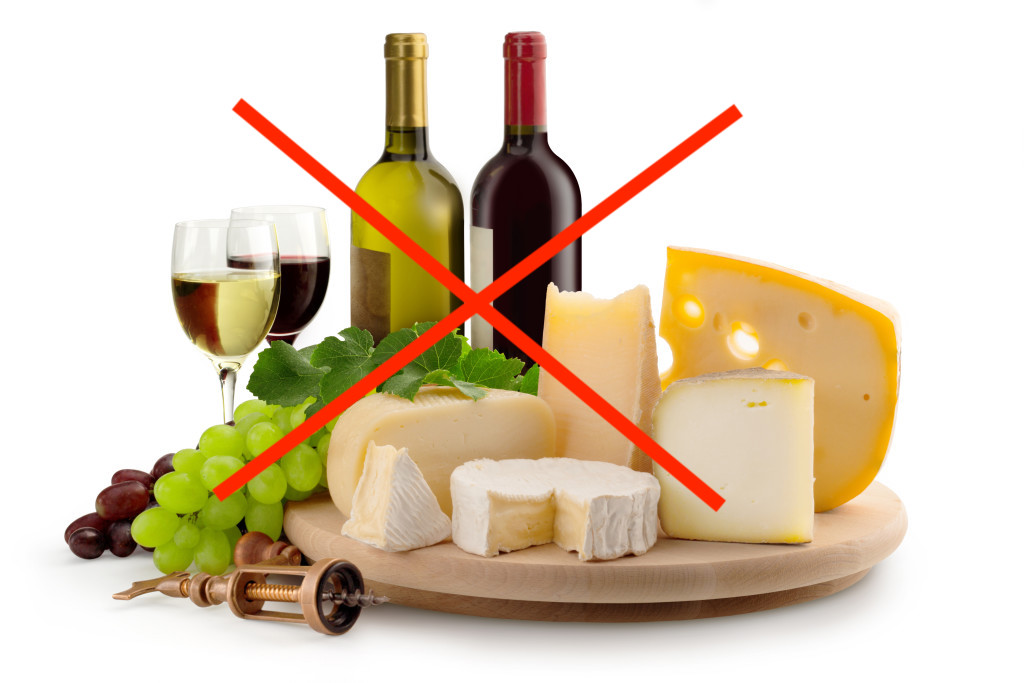

James was a lovely guy and his son is heavily involved in the Cowichan Valley food scene. This is a great article about the wood oven that was built in his name at Providence Farm.
https://eatmagazine.ca/local-chefs-to-honour-james-barber-at-providence-farm/
I think your essay is a bit hard on James. He wasn’t a foodie which I think we all recognized, but then he taught us to cook with what we had in the pantry. Too many fancy assed chefs recommended ingredients that are too expensive for the budget or are unobtainable where we live. This is Canada after all, not Provence. Try and find fresh basil in Regina in January? Or tomatillos in Cornwall anytime? James taught us to substitute and produce a good meal without a lot of fuss. You speak about comedy? Try reading the food column in the weekend Globe and Mail which always gives me a good laugh. Talk about pretentious food and ridiculous preparation techniques. James would have laughed too.
I was first exposed to James when I moved to Terrace, BC as a young broadcaster and friends at the station were moving. They gave me their copy of James Barber’s ‘Flash in the Pan’, one of his trio of little books. I proceeded to cook nearly every recipe in it, and when I look back at it now, I only wrote ‘NO’ beside one of them.
Later, as a morning radio show host, I would come home from work and watch The Urban Peasant every afternoon, take notes, then go out shopping and cook dinner for my wife who was on a regular ‘day shift’.
Still later, I became a food journalist in Vancouver, met James there, became friends and about a year or two after he moved to the Cowichan Valley, I moved there as well. He always had a new joke to tell me when I saw him (usually somewhat off-colour!) and I felt very fortunate to have shared some meals with him over the years. Yeah, chefs hated his show because of the non-food safe conditions and his lackadaisical plating, but like many others, he got me into cooking like no one else had ever done. You can read and listen to more about me and James here: http://blog.dongenova.com/james-barber-pa/ and here: http://blog.dongenova.com/food-for-though-4/
Loved watching him and made a lot of his recipes for myself and daughter who is now 35.We still talk about him with great delight , he was a character ! Recently found out he was born in Dover UK which is where I am from also….was quite chuffed.
He always used to say use whatever you have and if you don’t have an ingredient use an alternative that works , just chuck it in.Sad to hear he passed away some time ago
I watched him growing up, I still to this day make his vegetarian chili, it is DELICIOUS! Making it tonight!
Jesse, having grown up in WNY, I used to watch TUP on TLC. I have one of his books, loved his show. But, even more important is your Pasquale’s reference……OMG, I remember that back to the 70’s! I finally am glad somebody else remembers him! As of today, there’s a number of videos of James on YouTube. Love it!
Used to love his show… Watched it in the UK, think it was on commercial tv (ITV)
If you look now on YouTube now though, there are plenty of full episodes on it t 👍